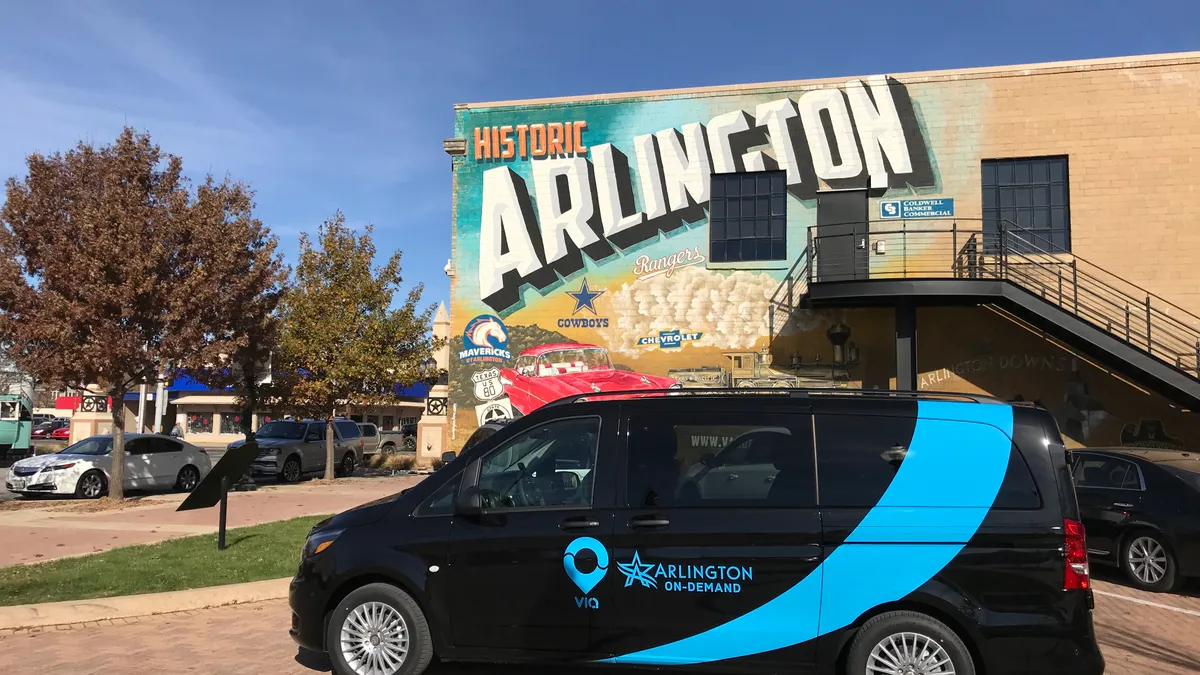Dive Brief:
- Popularity of dockless vehicles means city leaders must emphasize collecting and managing rider data to hold companies accountable on equitable access, said panelists with the National League of Cities' smart city delegation during a Capitol Hill briefing Tuesday.
- Seleta Reynolds, general manager of the Los Angeles Department of Transportation (LADOT), touted progress made through initiatives like mobility data specifications, which the agency built to gather and compare real-time data from mobility as a service (MaaS) companies. Coalitions like the Open Mobility Foundation (OMF) can help foster a spirit of collaboration and sharing best practices, she said.
- Alex Ellis, a planner at the city of Providence, RI, said real-time data showed local leaders that one micromobility company was not distributing vehicles across all five zones in the city as required. After sending an email reminding the company of its obligations, the company returned to compliance the following day.
Dive Insight:
Cities keen to partner with mobility companies find they must tread carefully to protect public interest and data. There is always a danger that "third-parties don't act the way they're supposed to," warned Negheen Sanjar, director of legal research at the International Municipal Lawyers Association.
Under the terms of Providence's agreement with scooter companies, the city is divided into five zones, and companies must have at least 10% and no more than 50% of their fleets distributed in each of those zones. It is a way to encourage ridership in low-income communities, and Ellis said by showing them where they fall short, companies are shown where they can do better.
"They can do this work, they just need us to be able to hold them accountable to the public interest as they do it," he said.
Jon Coleman, director of city solutions at Ford Mobility LLC, said concepts such as freedom of movement, efficiency of service and equity all need balancing — and it's too important to get wrong.
"We don't want to end up in a future where a few people have six or seven or eight types of ways to get around when most of the population is struggling to find one way to move or is subject to a time penalty and a cost penalty of their ability to get to work that is disproportionate to what they need to do to live and thrive," Coleman said.
With other mobility options like autonomous vehicles (AVs) coming online, the greater use of drones and perhaps more outlandish visions like flying taxis, replication of the mobility data specifications and partnerships like OMF could be key in helping cities manage their streets.
"Scooters and drones and AVs are only the first set of things that'll be coming into the right-of-way," Sanjar said. "There's plenty of other things that might show up, so we all need to be prepared and on the same page to get to that goal of having different transportation options available to everybody."











